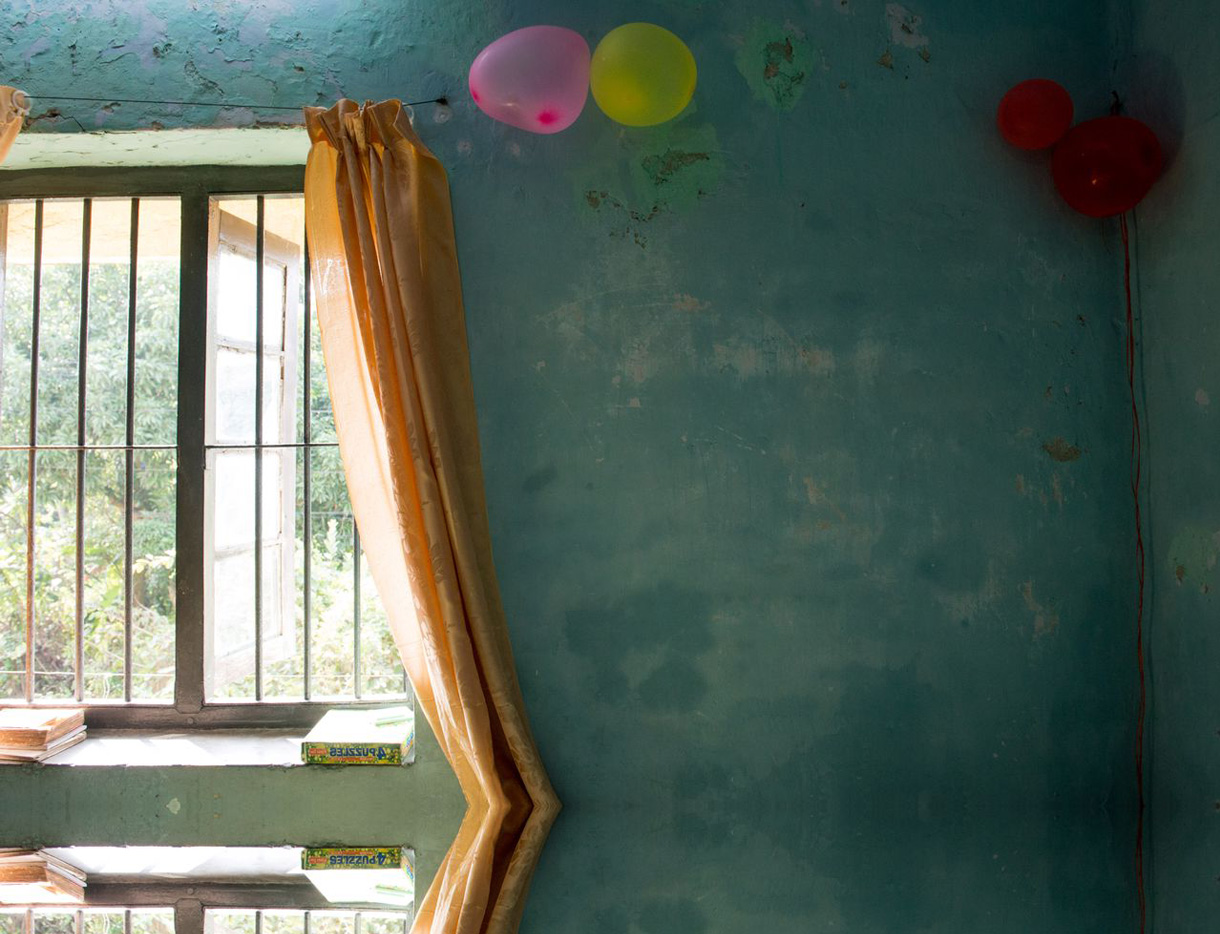The film

AFTER CICELY explores the meaning of modern hospice and palliative care through the eyes of
five inspiring women in Asia. Following the efforts of Cicely Saunders, these women have braved adversity with tenacity and heart to lighten the suffering of patients and help them die a good
death. This is a visual journal of how they pave final journeys with empathy,
dedication and love.
In line with Lien Foundation’s Life Before Death initiative and International Women’s Day,
After Cicely celebrates their indomitable spirit.
Trailer
Download After Cicely - Asian Women in Palliative Care
(20 min film)

Media Coverage
Press Release
↑ Back to top
Cicely Saunders
British physician Cicely Saunders, (1918 – 2005) who founded the modern hospice movement and emphasized the need for palliative care, was one of the first individuals who helped lift the bleakness of death for the dying and terminally ill.
Her multidisciplinary experience as a nurse, social worker and physician in the late 1940s gave birth to the hospice movement. It spread to the U.S. and other countries, alongside the new field of palliative medicine.
Saunders was first to coin the term “total pain”, which takes into account the physical, psychological, social, emotional and spiritual elements of suffering. This allows for an understanding of the experience of suffering in a multifaceted way and how it relates to an individual’s physical problems.
In 1967, she established St Christopher’s Hospice in London as a teaching and research facility. It was based on the principles of combining teaching and clinical research alongside expert pain relief with holistic care to meet the various needs of its patients, their family and friends.
She died of cancer at the age of 87 in 2005, at the very same hospice she founded.
↑ Back to top








